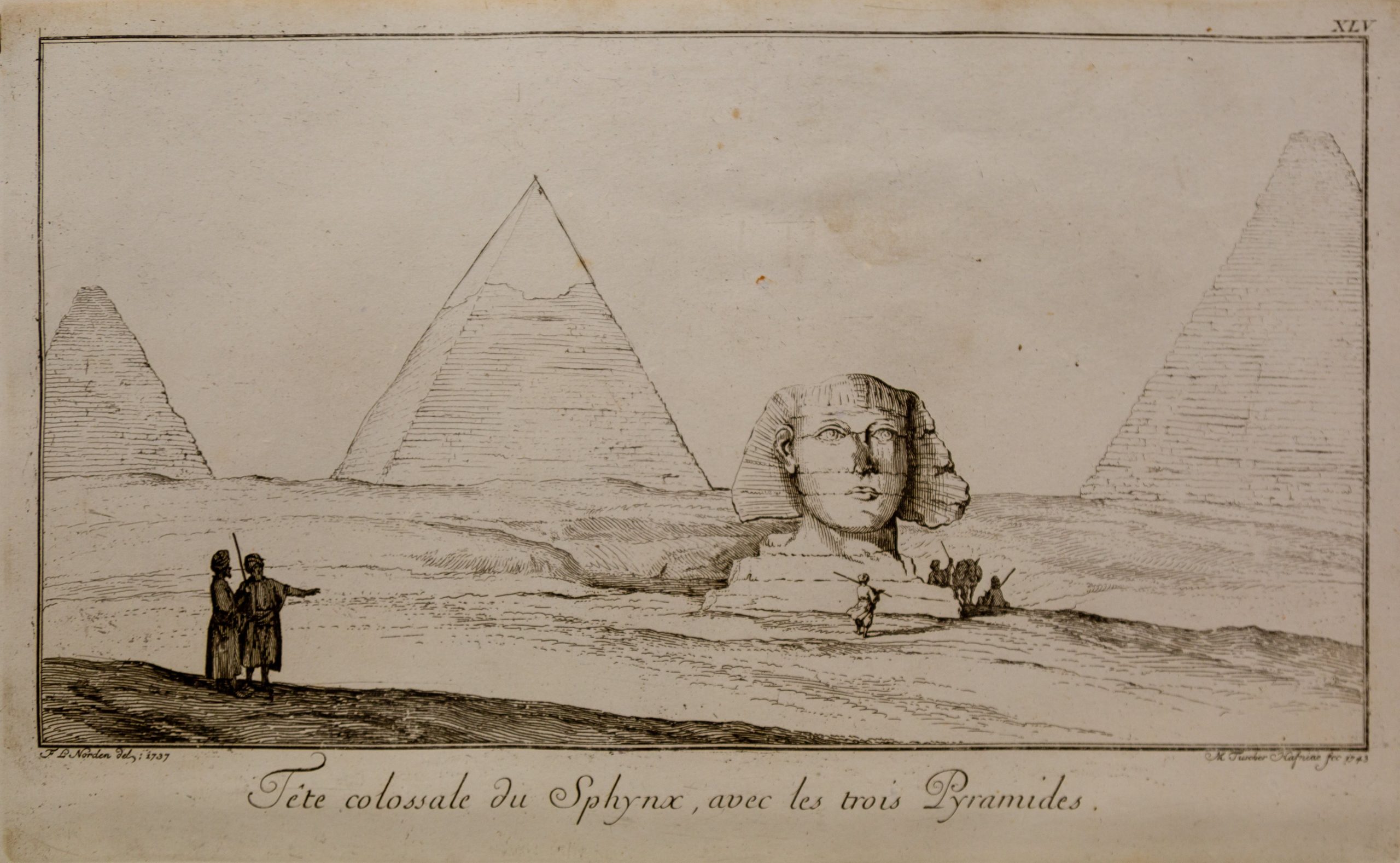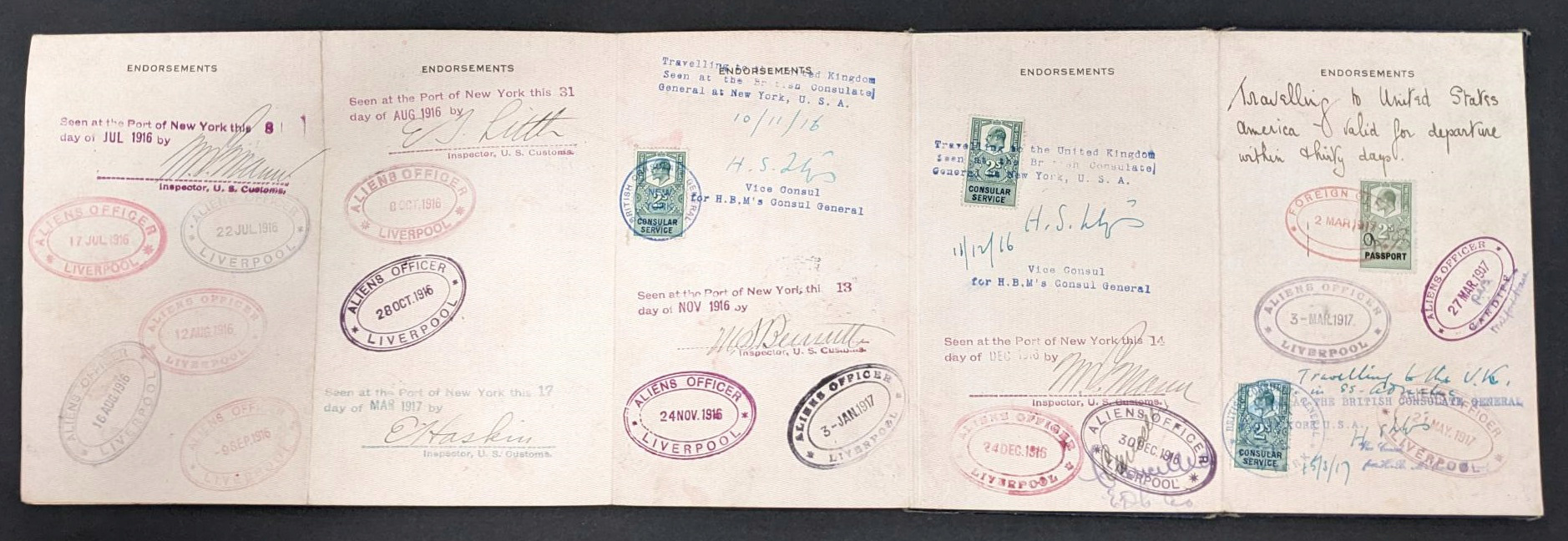The Women’s Art Library curator Dr Althea Greenan explains the importance of collecting documentation about women’s art practice
Lining one of the walls of the large study space set aside for Special Collections and Archives at Goldsmiths are wooden shelf units filled with books and pamphlets. They demonstrate women’s engagement with the arts.
They hint at the extensive collection of print, photographic and artistic documentation. These are stored away in the stack next door, as evidence of the lively project of the Women’s Art Library (WAL). The WAL dedicates its efforts in collecting documentation about women’s art practice.
The WAL emerged from the international women’s movement of the 1970s

The library developed into a critical educational arts organisation and publisher, active until 2002 when it was gifted to Goldsmiths. It has subsequently become a focus point for artistic research. Consequently since the WAL changed from an arts organisation to a special collection & archive, my role has changed to curator. I now program this kind of research.
I see artistic research as a way of maintaining the WAL’s original remit to promote women’s art.
Dr Althea greenan
At the long study table we encourage visitors to see the space with care, respect and imagination. In addition, the boxes of archived art projects and documentation encourage the re-thinking of the value of an individual’s art practice. The study space is on the ground floor of the Library. I often introduce the collection as an alternative to the knowledge systems and vocabularies organising lending libraries. The 2nd floor holds these mass produced art publications.

Feminist women artists and art historians raised the visibility of women’s art practice and shaped the WAL collection
There are many books and catalogues that are duplicated between the two spaces. They did not begin by gathering books. They collected and organised 35mm colour transparencies of their artwork to form the Women Artists Slide Library. It was this initiative that developed into the diverse research resource renamed the Women’s Art Library.
As the curator of this collection, I become an instrument of exploration. I facilitate time and access to components as divergent as the posters are to the uncatalogued boxes of ephemera and documents in waiting. Artistic research reframes historical material, it takes items into new spaces. It uses a wide range of strategies such as facsimile (see ‘Empowered Printworks’) and online live performance (see ‘Queer to Me’).
Dr Althea Greenan



My own exploration of the WAL is led by the artists and researchers drawn to it. They show me what’s so fiercely important about these hanging files and boxes and the space to unpack them.
Dr althea greenan
Further Information
Related posts






